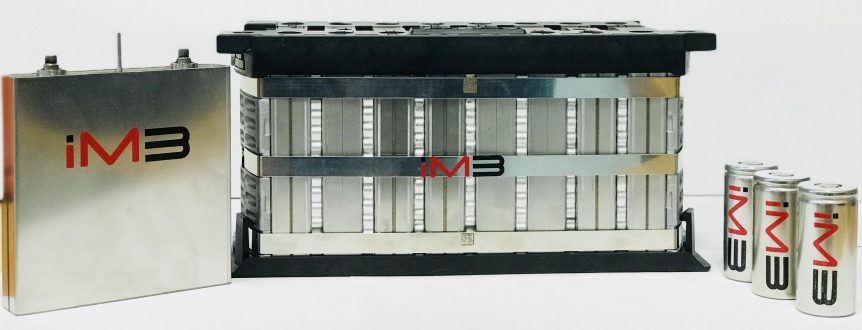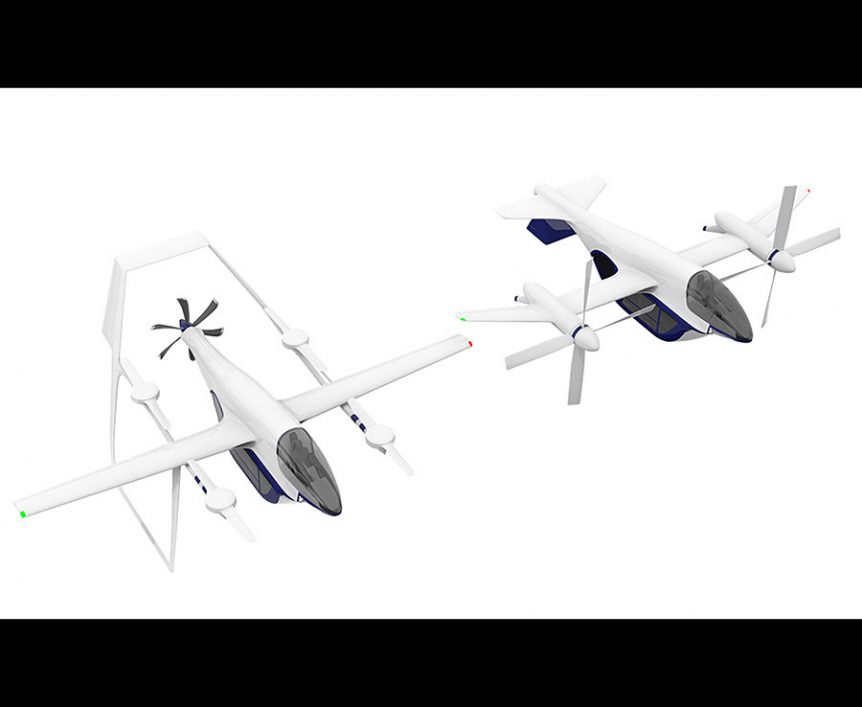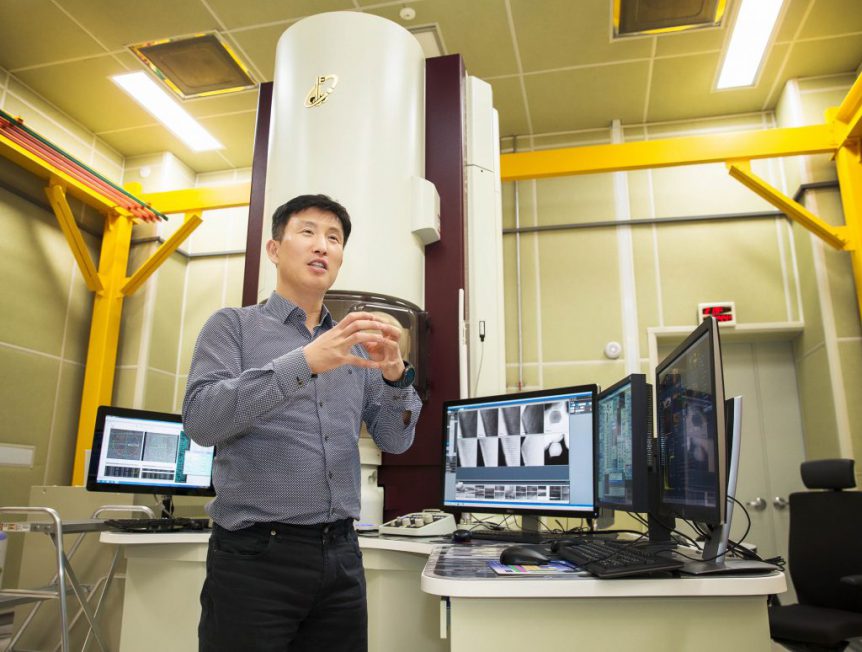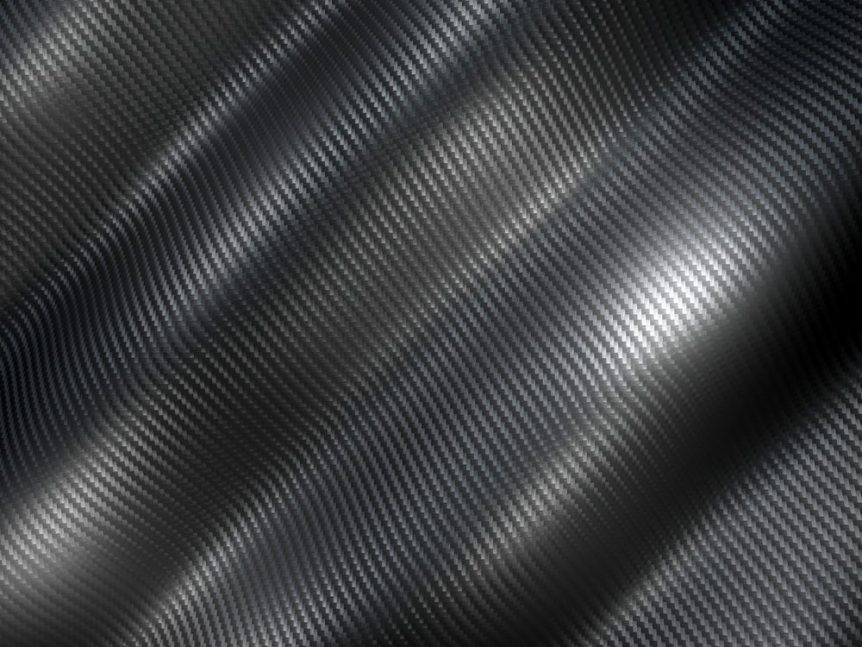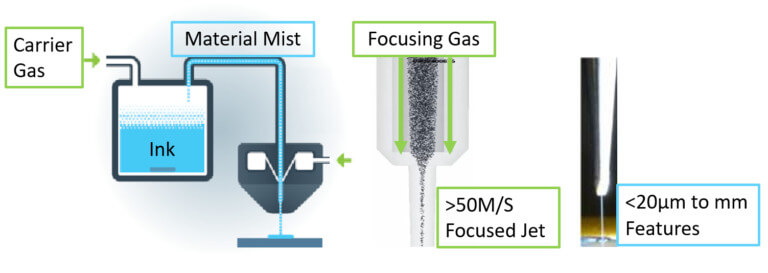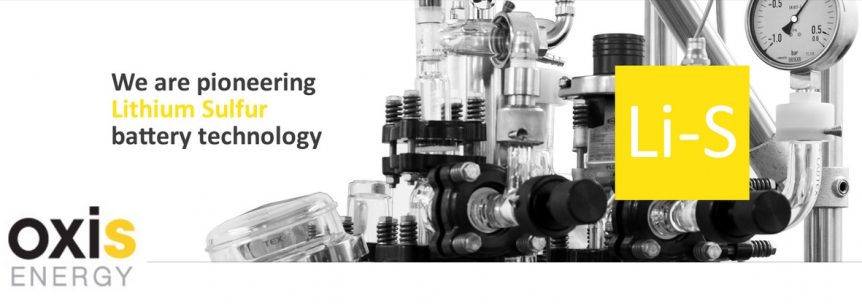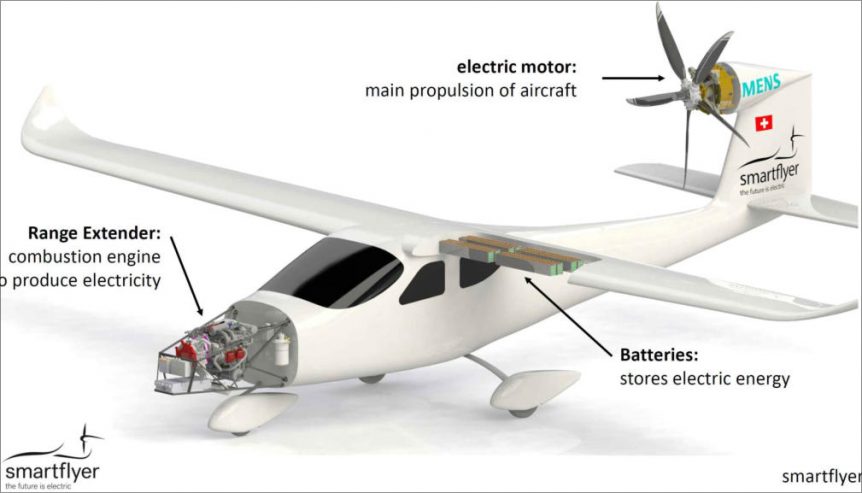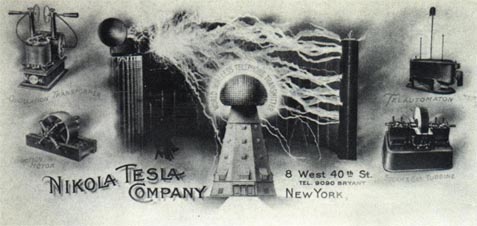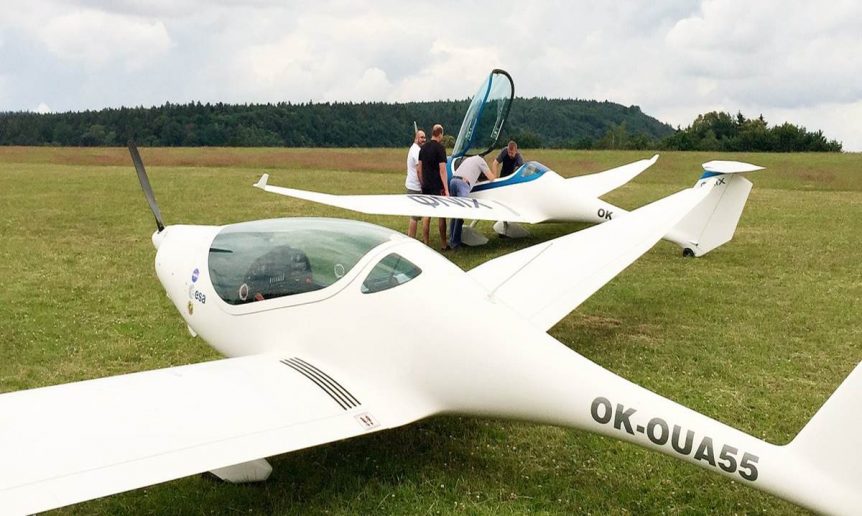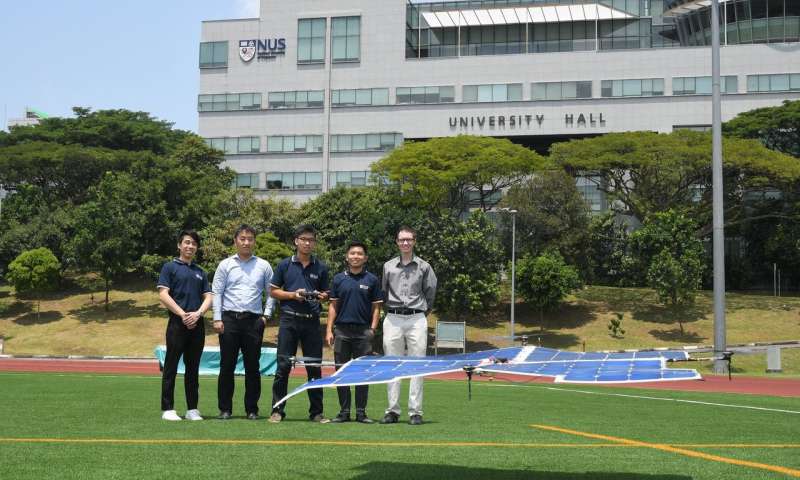Jeffrey Engler of Wright Electric posted an item about Charge CCCV, LLC (C4V) which “demonstrated a prototype of its new Solid State Battery (SSB) at the NY BEST 2018 Fall Conference in New York. The Company’s SSB solution delivers higher performance, higher density, lower cost batteries that promise to require significantly less charging time than others.” The startup announced a 380 Watt-hour-per-kilogram battery already in production. Since your editor tends to become a bit snarky about the usual two-to-five-year period of anticipation before these numbers become reality, he rushed to check out the claims. Plausible Numbers, but Uncertain Time Frame The firm’s numbers are not wildly excessive, and they seem to be getting funding and finding partnerships with established companies. The video is not great proof of anything other than that a metal box with the company’s logo exists. Their web site gives credibility to their ability to produce actual batteries. According to C4V, “Approximately 80% of the cost to …
Terrafugia’s TF-2
Terrafugia, unabashedly calling its vehicles “flying cars” in many of its public pronouncements, has floated a concept that is a serious departure from their two previous designs. The TF-2 will be the equivalent of a shuttle bus, but with an aerial means of making a longer haul than mere in-town hops. Started by MIT graduates, many of them members of the rocketry club, Terrafugia has managed to garner an enormous number of media hits. It even became a possible Christmas gift in the 2010 Hammacher Schlemmer Christmas catalog. It flew its Transition before the crowds at AirVenture in 2013, and was able to obtain certification as a Light Sport Aircraft since then, but with a slightly higher than original LSA weight allowance. That seems to be moot at this point, since the FAA is going to allow LSA pilots to fly aircraft up to 3,600 pounds. Popular Science reported in 2014, “To meet highway-safety requirements, the Transition needs to be …
The 17X Aluminum-Air Battery?
Jaephil Cho has a surprise for us – an aluminum-air battery that is potentially (no pun intended) more energetic than gasoline. Director of the Research Center for Innovative Battery Technologies and Professor in the School of Energy and Chemical Engineering, at Ulsan National Institute of Science and Technology (UNIST), Cho and his students have released over 350 papers, including one titled, “Seed-mediated atomic-scale reconstruction of silver manganate nanoplates for oxygen reduction towards high-energy aluminum-air flow batteries.” While such titles might not get him on the NY Times best-seller list, Cho is widely respected, UNIST reporting he has been named to the 2017 Highly Cited Researchers List in materials science, a second such honor for him. Professor Cho’ Surprise Professor Cho’s paper (in full) describes the aluminum flow battery he and his team developed. According to the UNIST News Center, “…Compared to the existing lithium-ion batteries (LIBs), the new battery outperforms the others in terms of higher energy density, lower cost, …
Carbon Fiber and the Grand Unified Airplane
Your editor has long held the belief that we are on the threshold of creating a Grand Unified Airplane, a craft that would draw all its energy from solar cells, the flexing of its wings, the air passing over its form, and the very act of flight itself. It seems to become less of a science fiction ideal and more of real-world possibility every day. Carbon fiber could be part of that possibility. What if your airplane were its own battery? Think of the weight savings and potential endurance and range. Your editor became fascinated with 2010 research done by Dr. Emile Greenhalgh of Imperial University in London, who developed a structural sandwich with carbon fiber outer layers and a fiberglass core. It could be used for body panels on a car, inspiring Volvo to become involved and proceed with initial tests. Since those early tests, other researchers have duplicated and expanded the research, with Dr. Leif Asp of Chalmers …
Promising 3D Printed Microlattice Battery
The three biggest words in battery structures are “Area, Area, Area.” The more anode and cathode area a battery can expose to the electrolyte that carries ions and electrons between the positive and negative ends of the battery, the better. Most battery configurations, according to researchers at Carnegie Mellon University and Missouri University of Science and Technology, block a great deal of interaction between these elements. Their solution is to go porous in a microlattice battery, thanks to 3D printing. Electrodes present some surface area to the electrolyte, which can only interact with the surface area presented. Rahul Panat at Carnegie Mellon and Jonghyun Park at Missouri S & T have created a cube-shaped battery composed of microlattice electrodes which present significantly greater amounts of surface area to the electrolyte. The title of their paper (with co-author Mohammad Sadeq Saleh) brings out this “area rule”: “3D printed hierarchically-porous microlattice electrode materials for exceptionally high specific capacity and areal capacity lithium …
Oxis Energy Hits a Lithium-Sulfur Battery High
That near-mythical 10X (of current lithium cells’ energy density) battery hangs out there on the distant horizon, promising automobiles that can exceed 1,000 miles range, or light aircraft that can carry four at Cessna-like distances. Right now, we have two-place trainers good for an hour’s laps around the circuit, and the hope for improvements soon. OXIS Energy, a UK-based company, has achieved 425 Watt-hours per kilogram at the cell level, and looks to go higher in the near future. Lithium-Sulfur – A Worthy Alternative? Promoters of lithium-sulfur batteries suggest their products have several desirable characteristics and performance boosts that may transcend the limits of lithium-ion cells. Sion Power, for instance, claims availability of their Licerion battery with an even better 500 Watt-hours per kilogram and 1,000 Watt-hours per liter. On the same track, OXIS Energy has announced they have a demonstrated 425 Wh/kg cell, expected to rise to 450 Wh/kg by the end of the year and to 500 by …
SmartFlyer is Looking Smart
Only a design concept just a few years ago, the SmartFlyer hybrid aircraft is swiftly approaching full-fledged reality. CEO Rolf Stuber started the project and has been joined by Daniel Wenger, who shares design honors with him; and eleven others with a dazzling array of skills and degrees. Every member of the team has built, flies or has flown in everything from gliders to “heavy” airliners. The team’s goal is to craft a “proof of concept” airplane which will fly by 2021. Facebook Updates Recent Facebook photographs show a nose section with a Rotax 914 engine driving a special generator, yards of orange cable connecting the big pieces, and a set of formers for what will probably be the fuselage mold. smartflyer-challenge, 2nd edition this weekend visit the second fly-in for electric aircraft this weekend in Grenchen, Switzerland. The smartflyer team will be there. More info on https://www.smartflyer-challenge.com/ Posted by Smartflyer-aircraft on Monday, August 27, 2018 Pilots and passengers will …
Wireless Charging for Drones
In its introduction, Global Energy Transmission Corporation (GET) promises virtually indefinite flight for multi-rotor aircraft. “GET re-invents [the] commercial drone industry providing [a] technical solution to power drones in 24×7 mode around dedicated area[s]. An electrically powered drone can recharge and fly indefinitely via efficient safe high power in-flight rapid recharging in a GET power hotspot. The company’s distance wireless charging technologies uniquely enable drone delivery and many other industrial applications.and many other industrial applications.” This wireless charging concept goes back a long way. Tesla’s Dream In the film The Prestige, key parts center on visits to Nikola Tesla’s laboratory in upstate New York, where the tower that dominates the grounds was one of his dreams. Although never completed in real life, images of its planned form captivated readers and promised endless supplies of electrical energy to the world – with power from Niagara Falls flowing to land and sea wirelessly. Whether even the mighty Niagara could power the world …
The Second SmartFlyer Challenge 2018
Grenchen Airport in Switzerland held the second SmartFlyer Challenge on September 1st and 2nd, with a good showing for the European – and especially the Czech electric aircraft industry. Although smaller in numbers of airplanes than last year’s premier event, the Challenge featured a series of top-drawer presentations by industry leaders, and the viewing of a new Czechoslovokian electric motorglider. A Distinguished Visitor Interest in the event is high in the Canton of Solothurn, the administrative region in which Grenchen resides. The head of the Department of Economics for the Canton, Brigit Wyss, reported on the event in her personal blog. She proclaimed, “Grenchen establishes itself as the European center of electric aviation. The Smartflyer Challenge, which was a novelty a year ago, caught the attention of the representatives of the electrical aviation industry in the second issue. Although fewer aircraft were present than a year ago, the exchange and networking among the actors continued seamlessly. The international character of the …
Solar-Only Quadrotor in Singapore
In their latest adventure in derring-do, a team from the National University of Singapore (NUS) Faculty of Engineering has developed and flown Asia’s first fully solar-powered quadcopter drone. A large framework holds the solar cells, which are the sole means of powering the craft’s four motors. Developers have flown the big square above 10 meters in test flights and achieved controllable flight without the use of batteries. Frogworks Snowstorm This is just the latest in a series of aeronautical exploits by NUS students. In late 2015, they unveiled their Frogworks Snowstorm, a 24-rotor person carrier powered by 2.2 kilowatt (2.94 horsepower) motors driving 76-centimeter (30-inch) propellers. New Asia reported that, “At the London edition of technology event Founders Forum this month, [the Frogworks team] did not imagine that Prince William would end up showing interest in it.” His Royal Highness “spent half an hour sitting in the machine, trying out the controls and talking to the team, according to a …

